WHAT REGENERATIVE AG MEANS TO US
We’ve been farming and ranching long enough to see buzzwords come and go in our industry.
We’ve seen “organic,” “free-range,” “natural,” and many more be touted as the next best thing. We’ve seen companies capitalize on them without having to be open about what they mean, seen these words be popularized to the point of insignificance, and seen consumer confusion increase as our food labels get more and more full of the next new term.
Regenerative agriculture is the newest popular term in the industry, but it’s not new at all in practice. It’s one of the most interesting, because it encompasses a wide variety of issues and gives agriculture a position to be a solution to many of those issues. “Regenerative agriculture” doesn’t have a legal definition. It isn’t regulated, and it can have many meanings. Some people focus on their contributions to environmental health, some to soil improvement, some to water conservation.
What does regenerative agriculture mean to us?
At Redhouse, our process is the very definition of regeneration and sustainability.
All of the tenets of regenerative farming — diverse soils and ecosystems, carefully managed animal integration, plant systems with strong roots, limiting soil disturbance — are things we practice every day. The footprint of our pastures is not large at all, but we are able to finish a large number of animals on it year after year, almost 4 cows to the acre.
Our process actually relies on regenerative pastures; we need excellent soil health to be able to continue to rotate cattle through our pastures year after year. They graze small paddocks for 2 days before moving to the next, revolving through the entire ranch in a continuous, year-round circle. Their manure and our meticulously applied water combined with a healthy rest period lead to a strong regrowth, and the pasture is ready again in just three weeks.
Our soil has a strong, diverse, healthy microbiome.
Last year, we started diving into our soil testing, and we were a little too excited to look at the results of the water holding capacity of our ground. We’re learning about (and excited to share) the potential for carbon storage that our soil has. We’re as efficient as we can possibly be with our irrigation. We can’t run our pastures without it, but we apply it to minimize excess whenever possible.
The harvest of our animals is even a regenerative process; although an animal’s life ends, it feeds many people, and we minimize waste as much as we can. People enjoy organ meats, make broth from our beef bones, and feed their families nutritious, wholesome food.
At the end of the day, it takes resources and inputs to grow food, no matter what it is.
We use water, electricity, and equipment on a daily basis. But the regenerative movement highlights the steps we take to mitigate what we use, improve our land, and even benefit the environment.
So, how do you know if a ranch utilizes regenerative practices?
It’s best to see for yourself. That’s why we love to have visitors on the ranch and to engage with our community. Above all, we value transparency, so if you have questions about our process, feel free to ask! Wherever you live, if you have the opportunity, support your local ranchers, and get to know their practices for yourself!




